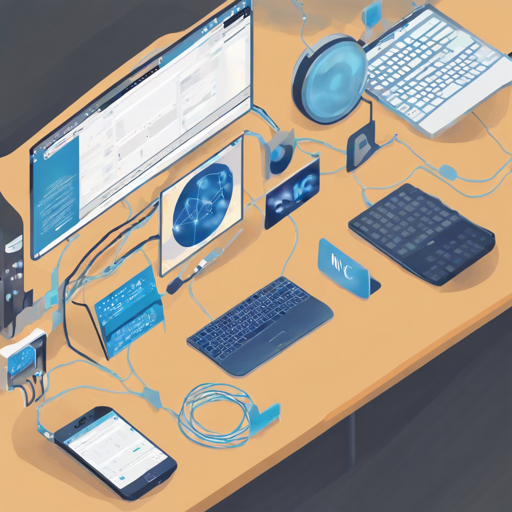Have you ever wanted to access a remote desktop using just your browser? Enter noVNC, an innovative HTML VNC client library and application that allows you to control remote machines directly through your web browser, with no installations required. Whether you’re on a mobile browser or a desktop, noVNC ensures a seamless experience. In this article, we’ll explore how to set it up, integrate it, and troubleshoot common issues you might encounter along the way.
Table of Contents
Features of noVNC
NoVNC is jam-packed with features that enhance your remote desktop experience:
- Cross-browser compatibility, including mobile browsers (iOS and Android).
- Multiple authentication methods for secure connections.
- Various VNC encodings supported, enhancing performance.
- Seamless scaling and resizing of the desktop.
- Local cursor rendering and clipboard support with full Unicode capabilities.
- Touch gesture support for mobile devices.
- Open-source under the MPL 2.0 license.
Quick Start with noVNC
To get started with noVNC, follow these simple steps:
- Use the
novnc_proxyscript to automatically download and startwebsockifyalong with a mini-webserver. - Specify your VNC server location with the following command:
utils/novnc_proxy --vnc localhost:5901 - If you want to keep the web server private, use:
utils/novnc_proxy --vnc localhost:5901 --listen localhost:6081 - Point your browser to the URL output by the script, click ‘Connect’, enter a password if requested, and enjoy!
Installation from Snap Package
Installing noVNC from Snap is a breeze! Simply run the following command to get the latest release:
sudo snap install novncIntegration and Deployment
For developers looking to integrate noVNC into their own applications or to deploy noVNC in production environments, the following resources are available:
Troubleshooting noVNC
If you run into issues while using noVNC, here are some troubleshooting tips:
- Make sure your browser version meets the minimum requirements: Chrome 64, Firefox 79, Safari 13.4, Opera 51, or Edge 79.
- If your VNC server does not support WebSockets, ensure you’ve set up a WebSockets to TCP socket proxy like websockify.
- Check your firewall settings to ensure that the required ports (5901 for VNC and 6081 for the web interface) are open.
For more insights, updates, or to collaborate on AI development projects, stay connected with fxis.ai.
At fxis.ai, we believe that such advancements are crucial for the future of AI, as they enable more comprehensive and effective solutions. Our team is continually exploring new methodologies to push the envelope in artificial intelligence, ensuring that our clients benefit from the latest technological innovations.

